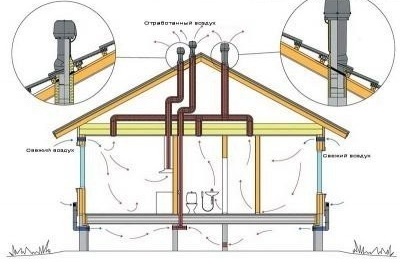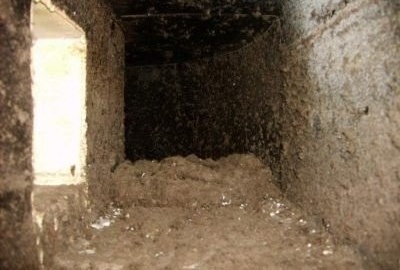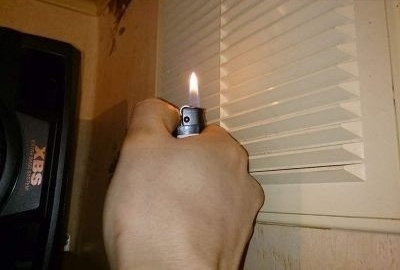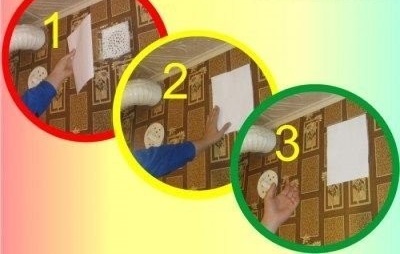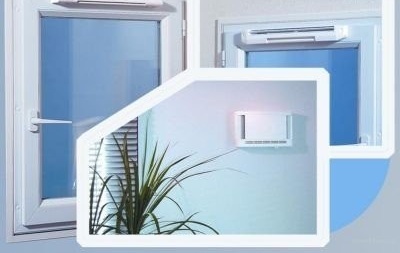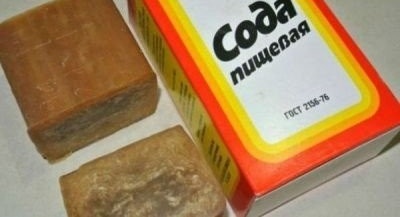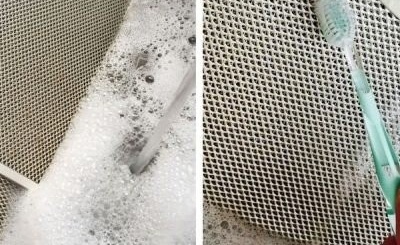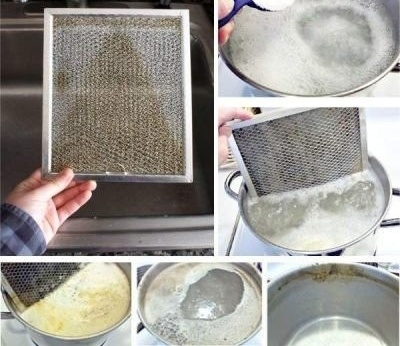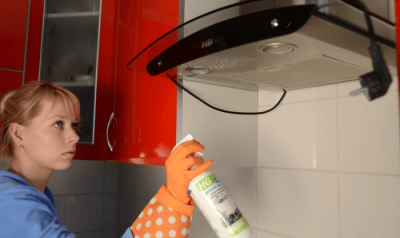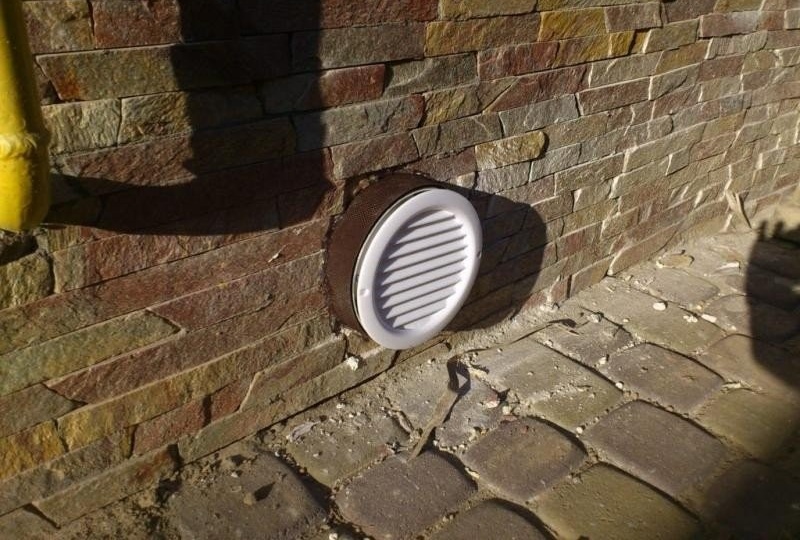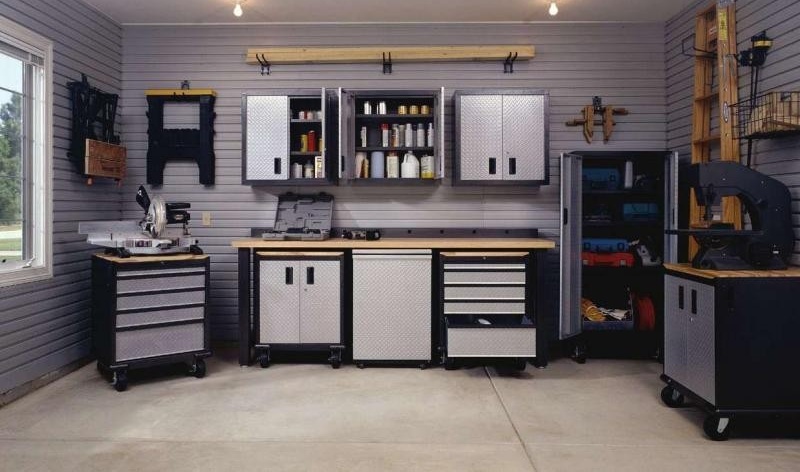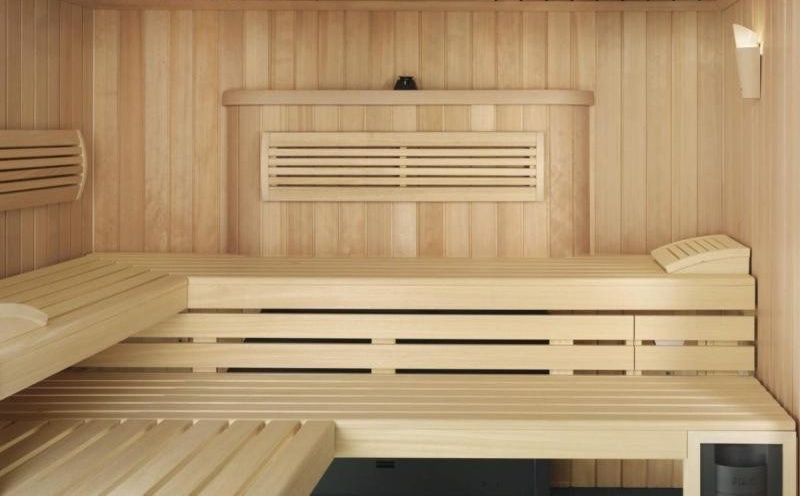How not to get caught up in fat: we clean the ventilation and exhaust in the kitchen
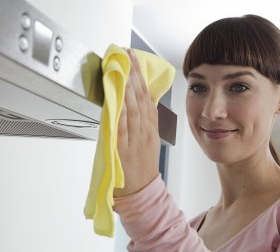
Ventilation and exhaust in the kitchen should perform their functions effectively. So that there are no problems with the operability of systems that remove bad smells from the kitchen, it is necessary to resort to cleaning them from time to time.
Content
Types of ventilation
The ventilation system in the kitchen can be:
- natural, that is, providing for the entry of fresh air into the room and the outflow of internal due to the creation of special pressure;
- supply, suggesting that stale air is pushed out of the room by a stream of fresh oxygen;
- exhaust, the work of which is to draw the old air out of the room and the influx of new air masses due to vacuum pressure;
- supply and exhaust, predicting the movement of air and metabolic processes due to the installation of a special apparatus.
In most apartment buildings and private houses, ventilation is made natural. Such a system is considered simple, because it allows you to replace exhaust air through windows and doors. In this case, a hole with a grate through which gas no longer suitable for breathing leaves the room is always placed in the upper part of the wall.
Causes of clogged ventilation
The main problem due to which ventilation fails is the contamination of the branching system, from where the exhaust air goes into the street. Barriers to air masses arise as a result of the deposition of dust, grease and soot on the walls of the ventilation ducts. The layer of dirt inside the channels turns out to be rather thick, since many owners never clean them, limiting themselves to dust erasing from the outside.
In older buildings, the destruction of the brickwork of the ducts may be the cause of poor ventilation in the kitchen. The problem is usually associated with prolonged exposure to water falling on the walls of the channels from above or from the bathroom. For this reason, the ventilation shaft is obstructed, and air exchange is disturbed. The penetration of wasps and birds into the ducts leads to the same phenomenon.
Sometimes ventilation ceases to cope with its tasks through the fault of the owners of the room. We are talking about unsuccessful attempts to improve the apartment and expand its space due to the destruction of the ledge, in which there are ventilation ducts.As a result of such repairs, fresh air ceases to flow into apartments on other floors.
Checking the performance of the ventilation duct
Before cleaning the ventilation shaft, you must first make sure that the air ducts are really broken. To do this, you can use a burning match - bring it to the grate and see if the flame deviates to the side. If this does not happen, then the ventilation system does not function well.
Public utilities do not recommend evaluating the performance of ventilation systems in this way, as this is dangerous. The fact is that in buildings with gas pipelines there are gas leaks that fall precisely into the duct. If you bring the flame to the ventilation shaft, where the gas has not yet come out, an explosion may occur. Gas workers advise resorting to a safe method of checking the operation of ventilation:
- cut a piece of paper from a newspaper 30 cm long and 3 cm wide;
- bring a paper strip to the grill of the ventilation shaft, closing the windows and doors in the room;
- pay attention to whether a piece of paper pulls to the grate.
If the strip pulls, then you should not doubt the functionality of ventilation. In the absence of the necessary duct reaction, clean the ventilation system.
Methods for cleaning and disinfecting ventilation and chimneys
To independently clean the walls of the ventilation duct in the kitchen, you can use different tools. Typically, to restore the performance of air ducts, mechanical cleaning is performed.
Mechanical cleaning
The most popular way to clean the ventilation system. It involves the use of a vacuum cleaner, a small spatula to remove dirt and a brush with a long handle.
Mechanical Cleaning Steps
Mechanical cleaning implies a fairly simple process:
- move the stove and kitchen set away from the wall on which the ventilation grille is attached;
- put newspapers on the floor so as not to stain other surfaces;
- to provide free access to any section of the duct;
- remove and rinse the grill at the inlet to the ventilation duct with powder and a scraper or replace with a new one;
- remove debris from the mine by wearing gloves;
- clean dirt and grease from the channel walls with a scraper, then immerse the vacuum hose in the ventilation hole and drive through the ventilation shaft for about 5 minutes;
- wipe with a damp rag a section that can be reached by hand;
- sanitize and then seal the entrance to the ventilation duct with a grill.

The left side shows a dirty ventilation shaft, and the right side shows its appearance after cleaning.
Air circulation
Another way to restore ventilation is to improve air circulation. The fact that there are problems with the movement of air masses in the room can be indicated by a piece of paper that does not attract to the ventilation grill when the doors are fully open in the room. The problem with poor air circulation is usually solved by expanding the gap between the door and the floor to 4 cm.
Air supply
To ventilate the room in a natural way, open windows and doors. But in the winter, it is unlikely that he will want to update the air in the apartment in this way. Therefore, you should think about additional ways to supply oxygen to the kitchen and other rooms. For example, in tightly closed plastic windows, you can create stitched slots. Thanks to them, warm and cold air will begin to interact, and the desired microclimate will be created in the room.
Additional exhaust system
If the improvement in air flow has not changed, it is recommended to install an additional exhaust system in the kitchen. To do this, it is necessary to fix a fan running on electricity in the ventilation duct. This appliance will add fresh air to the room.
Video: how to remove dirt from the ventilation
Cleaning the hood above the stove
In addition to the ventilation system, a hood located above the stove needs cleaning. If you leave the device dirty, the air in the kitchen will be saturated with harmful fumes, fumes and burning.
Preparation for work
Preparatory measures prior to cleaning the hood above the stove include:
- disconnecting the device from the mains;
- removal of extractor clips
- dismantling the top cover;
- removal of the air filter from the device;
- search for necessary cleaning products.
It’s difficult to guess what tool can cope with the dirt adhered to the details of the hood. Contamination can be controlled with baking soda. In such a solution for 30 minutes it is required to boil the mesh and the filter, covered with a coating. To prepare such a product, you need to use 200 grams of powder and 3 liters of water.
To remove a layer of adhering dirt from the surface of the filter and the hood, a conventional laundry soap with 72% fatty acid content can. This product is used in grated form and dissolved in 2.5 liters of boiling water. In the finished mixture, as in the soda solution, dirty parts of the hood must be soaked. After a few minutes, the parts can be removed, washed and wiped with a damp cloth.
Acetic essence is considered to be an effective tool for removing fat and burning from household kitchen appliances. To clean the contaminated hood elements, the hostess will need a solution prepared from concentrated vinegar and water in a ratio of 1: 2. With this tool, the filter and screen should be moistened and left for 7 minutes. Then the cleaned hood parts must be thoroughly wiped with a rag.
Cleaning methods
If there is little fat accumulated on the hood, then the housewife should use the following instructions for cleaning the hood:
- find a container in which contaminated parts fit freely;
- pour dirty elements of the hood with hot water;
- apply a cleaner to the stove or to wash the dishes on the brush and remove dirt;
- leave the filter and the grill in hot water for about 30 minutes;
- rinse the hoods first with warm and then cold water, rinsing off the remnants of the soap solution.
Contaminations that make the hood completely yellow or even brown from fat should be dealt with in a different way:
- choose a container into which contaminated parts of the hood will freely enter;
- grate half a bar of laundry soap;
- pour grains of soap and 2 tbsp. l baking soda in a container and pour dirty elements of the hood with hot water;
- put the container with parts soaked in soap-soda solution on the fire and boil for half an hour;
- rinse the hood parts in clean water;
- if spots are found on the surface of the device elements that could not be removed, the procedure should be repeated.
If fat is not removed from the hood by any means, then the following instructions can be used:
- purchase a professional product (granular or liquid), aimed at combating blockages in the exhaust pipes, and tight gloves;
- fold the dirty parts of the hood into a stainless steel container and pour it with a special chemical reagent;
- if the product cleaner is powdery, then it should be poured onto the surface of contaminated elements and moistened a little with hot water;
- hold the grate and filter in a chemical reagent for 5 to 7 minutes and rinse thoroughly with cold water;
- dry the cleaned hood elements, and then attach them to their place.
You should resort to drastic measures for cleaning the hood as rarely as possible. Frequent use of chemicals can ruin the details of a household appliance.
The appliance duct must be washed after cleaning the exhaust grilles. There will be no problems with this task, since the diameter of the pipe is large. The duct is well cleaned of dirt with ordinary detergent and warm water.
Frequency of cleaning ventilation and exhaust systems
How often you need to clean the ventilation ducts and the hood is affected by the thickness of the accumulated fat and the activity of cooking. If the hood operates at least two hours a day, then experts advise washing the household appliance at least once every 3 months. If the stove is rarely used, then it is recommended to clean the ventilation grill and hood details every six months.
The more often the ventilation and exhaust systems will get rid of dirt, the easier it will become to clean the fat and soot.
Video: how to clean the hood grill
Each landlord must keep engineering systems clean. To do this, you need to know how to remove dirt from the ventilation shaft and hoods above the stove, and periodically perform tasks.
